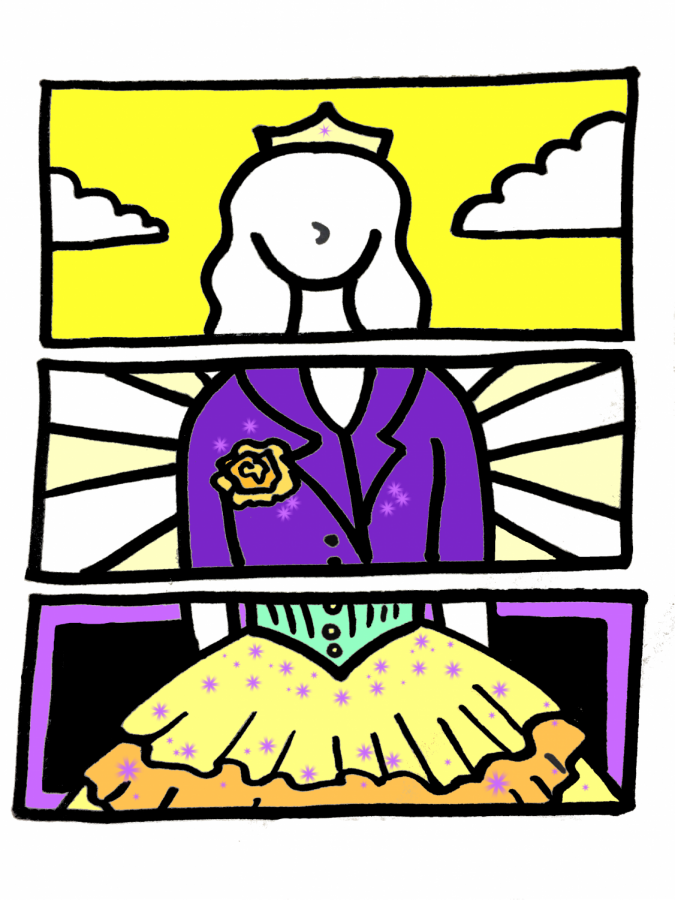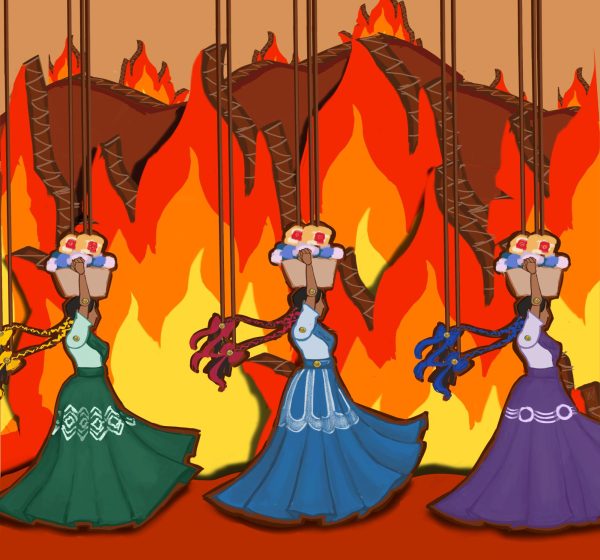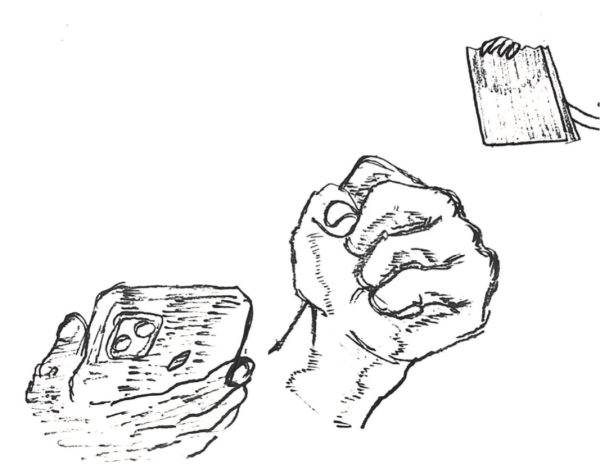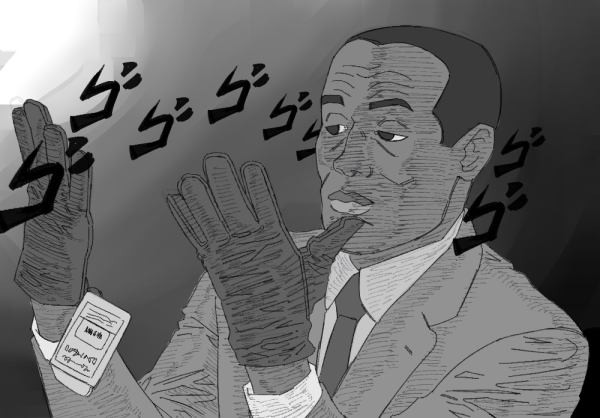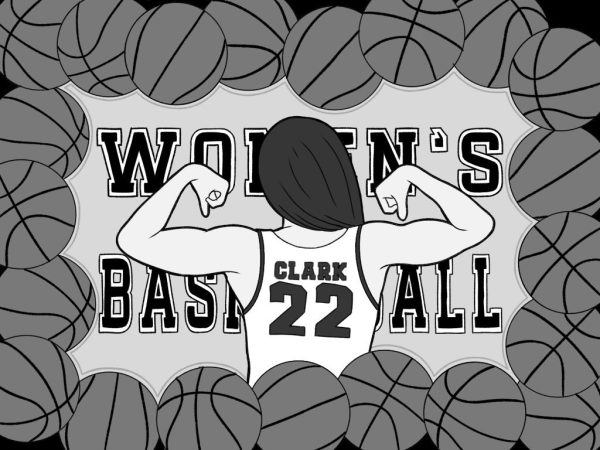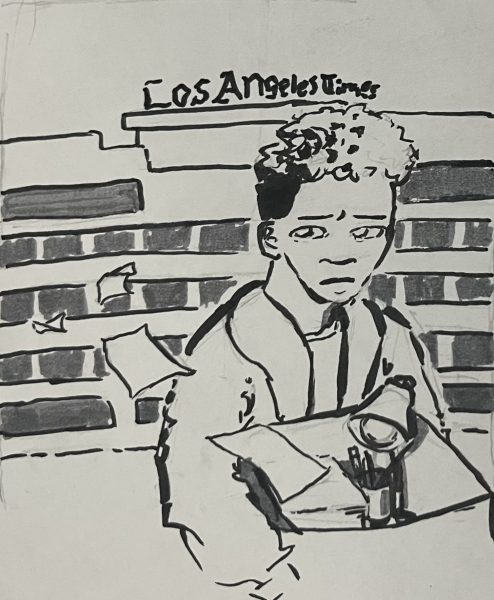Dressy Clothes are Too Gender Binary
June 5, 2019
With prom coming up, it is time for high schoolers to buy either elegant, sparkly ball-gowns or classy, simple tuxedos. However, there are many students at Venice High School and high schools across the country where students don’t feel they are able to fit into one of those two very specific categories.
In everyday clothes and even semi-formal attire, there is room for a lot of varied gender expression for people who want to either stick to a simple, gender-nonconforming look in jeans and a t-shirt or make a statement by mixing and matching “gender-specific” pieces. In modern, Western culture, however, it seems as though there are only two, very different options for formal occasions.
In different periods throughout history and in different places around the world, groups of people have had different approaches to how genders are represented through fashion. However, for a long time, many people just wore robes that didn’t vary in fit from gender to gender.
In the Roman Empire, mens’ and womens’ clothing had little to no difference. Everyone wore large rectangles of fabric with a hole for the head. While a man’s tunic might be slightly shorter than a woman’s, there was no other noticeable difference in how they wore their clothes for any occasion.
Even in Japan, where the robe-like kimono was popular for a period of time, it wasn’t until Westernization (CHECK THIS) brought the idea of close-fitting pants to the rest of the world that men and women developed dramatically different wardrobes.
However, the practice of making women’s fashion more restrictive slowly became more common. Women who had the money to have fancy wardrobes were the ones who wore restrictive clothing because it proved they had the money and did not have to work. An early representation of this is seen in the Asian practice of footbinding. Later, the addition of pants to men’s wardrobes made it easier to move, while large, fluffy skirts and cinched corsets that made it more challenging for women to breathe.
Soon enough, this became a standard all over the world and it wasn’t until the end of the 20th century that it became completely acceptable for women to wear the same clothes as men. Still, when a fancy occasion arises, it is understood that men wear tuxedos and women wear gowns.
Today, people are beginning to address this issue in a variety of ways. Many people have been able to make suits a bit more traditionally feminine or dresses more traditionally masculine. One celebrity known for finding creative ways to do this is Ezra Miller in his iconic, gender-fluid “Playboy Magazine” shoot and black coat-dress at the premiere of “Fantastic Beasts: The Crimes of Grindelwald”. Another celebrity who took it to the next level was Billy Porter who wore a tuxedo on the top and a ball gown on the bottom to the 2019 Oscar Awards.
On the other hand, some people are breaking gender norms by leaning into the most extreme version of the opposite gender. With drag king and queen culture growing faster than ever, cross-dressing is at an all-time high and it is a great way to explore your gender identity.
For the people planning to go to prom this year who are nonbinary, find something that makes you comfortable. You don’t have to make a statement, but choose pieces that fit who you are and not just something that will allow you to blend in. Some possible androgynous outfit ideas could include a colorful or unusual blazer and pant or a button-up shirt and tie with a skirt. Another option is a tuxedo with accessories and makeup.

